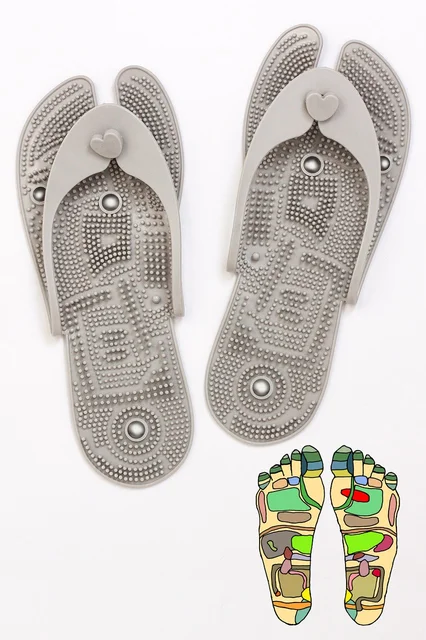What exactly is Reflexology?
Reflexology (also known as Zone Therapy) is an ancient type of massage which uses pressure points to induce deep relaxation and healing. The idea behind it is that the body can be divided into zones, which can then be reached through certain pressure points. Reflexologists believe they can reduce stress and improve circulation to promote healing by applying pressure to the points.
Many cultures have used reflexology for hundreds of years. It has also been popularized in Western countries as an alternative treatment. Reflexology is used for a variety of psychological and physical conditions such as chronic pain, insomnia and headaches.

Benefits of reflexology
Reflexology is a proven treatment for certain ailments. There are some scientific studies that support this. It has been shown to improve sleep quality and stress reduction. The ability to improve circulation and decrease inflammation is another benefit. It may also have other benefits such as a decreased pain level, increased mood and relaxation.
- Sleep better and less stress
- Increases blood circulation, reduces inflammation
- Lowers your pain levels and helps you feel better
- Relaxation increases
Side effects and disadvantages
Reflexology can be considered safe but there may be side effects. Some side effects include slight bruising, soreness or drowsiness at pressure points and mild dizziness. Reflexology should not be used if you are pregnant, have pacemaker or have other medical conditions. Before you start any treatment, it is important that you consult your doctor.
Viewpoints from Experts
Experts agree that reflexology is beneficial for certain ailments and overall well-being. They caution, however that reflexology should not be used as a replacement for professional medical advice and treatment. Reflexology is often recommended by doctors as an addition to other treatments such as medication and physical therapy.
Reflexology is recommended by the American College of Foot and Ankle Surgeons as part of an integrated approach to foot care. Reflexology is also supported by the American Massage Therapy Association to encourage wellness and relaxation.
Get Started with Reflexology
There are many ways you can get started with reflexology. Online searches or recommendations from friends and family can help you find qualified reflexologists in your local area. Reflexologists are available for both online and in-person sessions. There are numerous websites and books that provide detailed information on reflexology.
It is essential to talk with your therapist about your expectations and goals before you start a session. It is important to let your therapist know about any medical conditions you have so that they can customize the session for you. The therapist may apply pressure on specific areas of your head, feet or hands during the session. Sessions usually last between 30 and an hour.
- Locate a certified reflexologist near you
- Talk to your therapist about your expectations and goals.
- Tell your therapist about any medical conditions.
- Session durations typically last 30 to 1 hour
Here are some tips to make it easy or quick
Relaxing and reducing stress can all be achieved through reflexology. These are some ways to speed up your reflexology sessions.
- Comfortable clothes and footwear are recommended for the session
- Your session should be scheduled at a time you're least likely to get distracted by other people or interruptions
- If you feel that any area is too delicate or hurtful to be touched, let your therapist know.
- To flush out any toxins, drink plenty of water following each session
Reflexology: Examples
Although reflexology is most commonly performed on feet and hands it may also be used on the neck and face. To apply pressure on various areas of the body, the therapist uses their thumbs, fingers and knuckles. To stimulate specific points, they may use other tools such as sticks made of wood. You should apply firm pressure but not too much, while the experience should feel relaxing.
The therapist may start with light pressure on the feet. As the session proceeds, they will gradually increase pressure. The therapist may focus their attention on specific areas, like the ankles, toes and heels. The therapist might recommend certain exercises and stretches to maintain the therapeutic benefits.
Alternatives and why reflexology is better
Alternative therapies such as massage and Acupuncture may offer similar benefits to reflexology. These alternative therapies may prove to be more effective than reflexology, but they lack the benefit of being targeted and specific. It is more effective at relieving certain conditions such as migraines or headaches because it targets pressure points.
Reflexology does not involve any surgery and requires no special equipment. It is a cost-effective and convenient option that allows people to enjoy the benefits of alternative therapies with no inconvenience or expense.
Conclusion
The ancient art of reflexology massage uses pressure points to induce deep relaxation and healing. Reflexology is thought to reduce stress and increase circulation. Although there is evidence that reflexology may be effective in certain cases, it should not replace medical advice. People who are looking for alternative treatments that don't involve the inconvenience or expense of traditional therapies will find reflexology a cost-effective and convenient option.